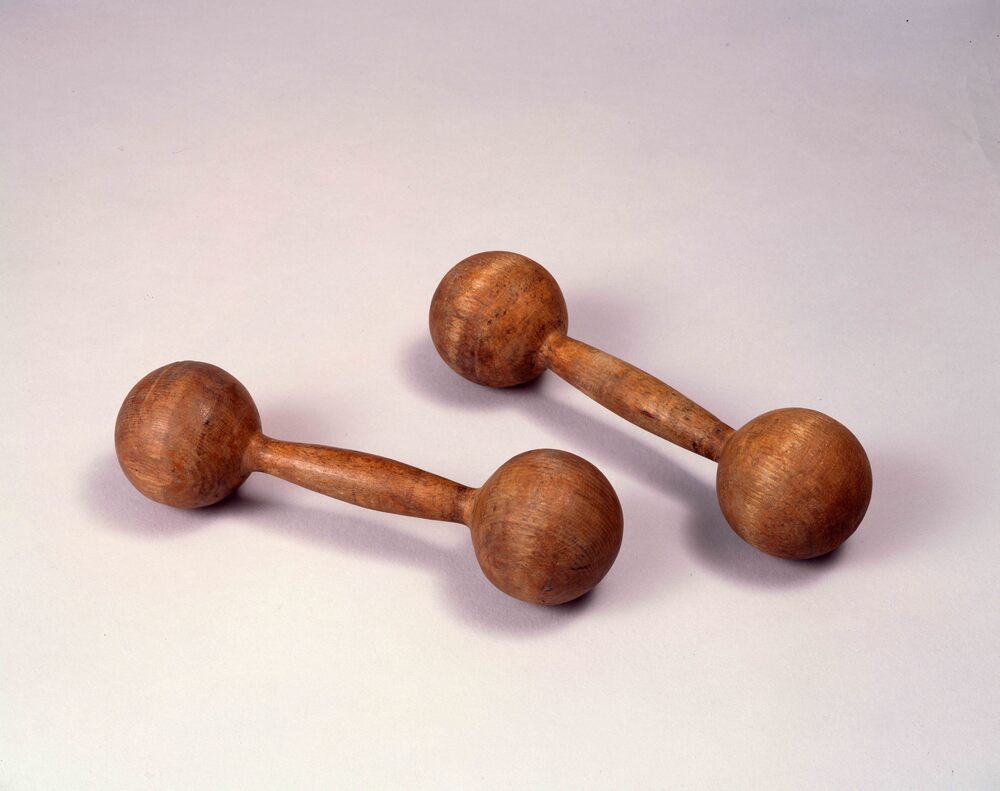
- Collection of
- Edo-Tokyo Museum
- Collection ID
- 90207568-90207569
- Category
- Lifestyle and Folk Custom
- Creation Date
- 19世紀
- Size
- 21.0cm x 5.8cm
- Edo-Tokyo Museum Digital Archives
- https://www.edohakuarchives.jp/detail-5043.html
Other items of Edo-Tokyo Museum (159830)

Black Hoe
Edo-Tokyo Museum
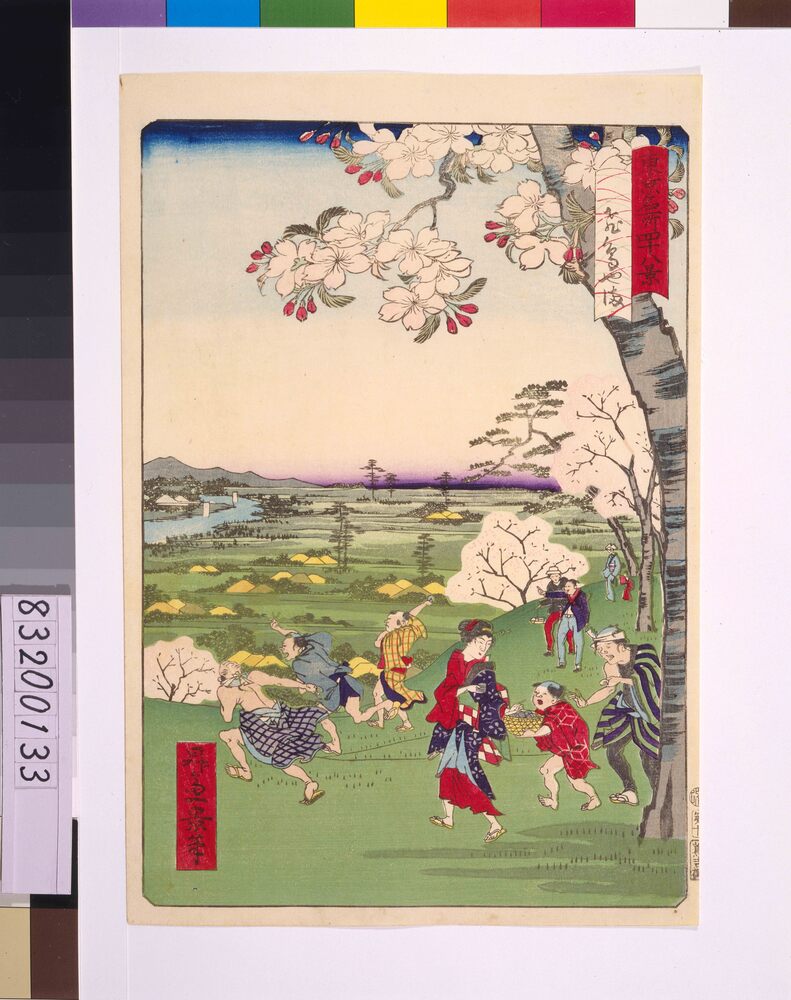
Forty-Eight Famous Views of Tokyo: Asukayama Hill
SHOSAI Ikkei
Edo-Tokyo Museum
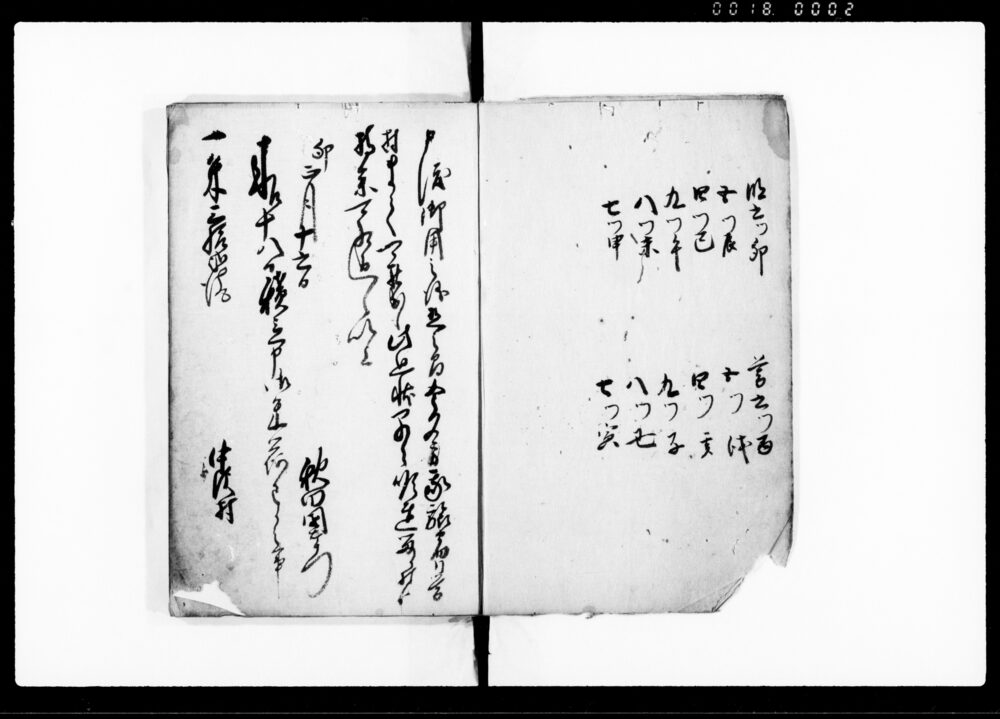
Document of System
Edo-Tokyo Museum

Document (Receipt)
Edo-Tokyo Museum

Five-character Calligraphy
Edo-Tokyo Museum

Subsidiary Current Account Ledger
Edo-Tokyo Museum

Document of the Labor Movement before the War: Workers! Let’s Attend the Meeting of Japan Farmers!
Edo-Tokyo Museum
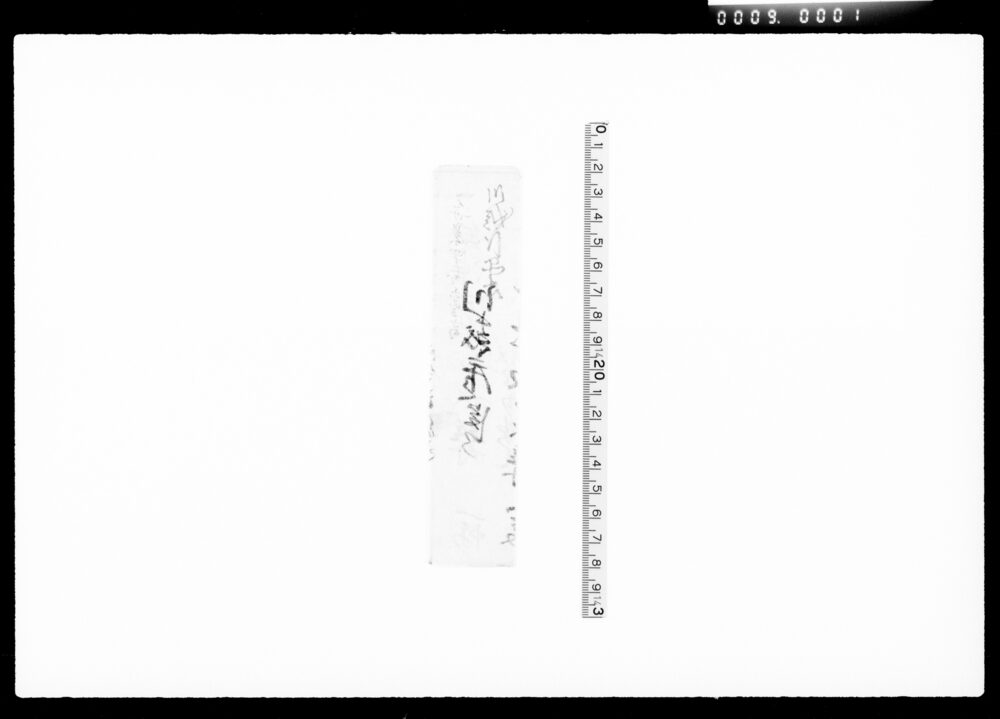
Document of Komeya Tanaka family
Edo-Tokyo Museum

Cultural Property Survey Photograph: Seated Statue of Jizō Bodhisattva
Edo-Tokyo Museum

May 1931 Performance with Onoe Kikugorō and Nakamura Kichiemon
Edo-Tokyo Museum

Japanese Red Cross Society Regulations, Japanese Red Cross Society Medal of Merit and Employee Medal Regulations, Regulations for Wearers of the Japanese Red Cross Society Medal of Merit and Employee Medal, Japanese Red Cross Society Contribution Payment Procedure
Edo-Tokyo Museum

Train Fair Table, Timetable, and Route Map
Edo-Tokyo Museum

Japanese Culture Series: Itamae (Chef)
Edo-Tokyo Museum
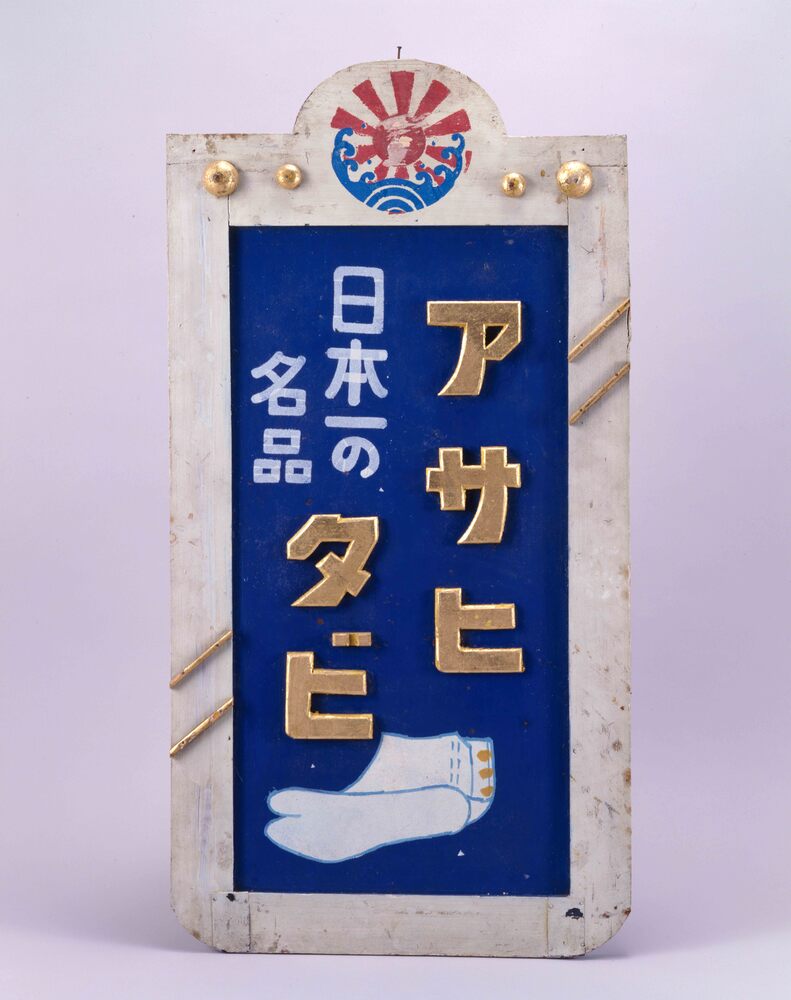
Signboard for Asahi Tabi
Edo-Tokyo Museum
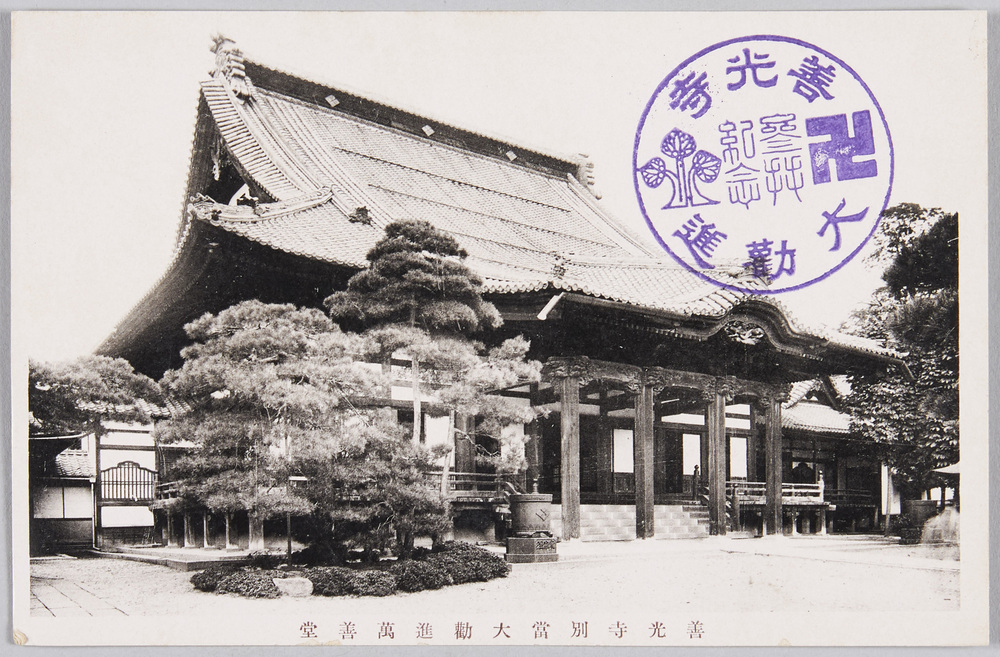
Zenkōji Bettō Daikanjin Manzendō
Edo-Tokyo Museum

Doburo (Portable Ceramic Stove) Leg Mold
Edo-Tokyo Museum

